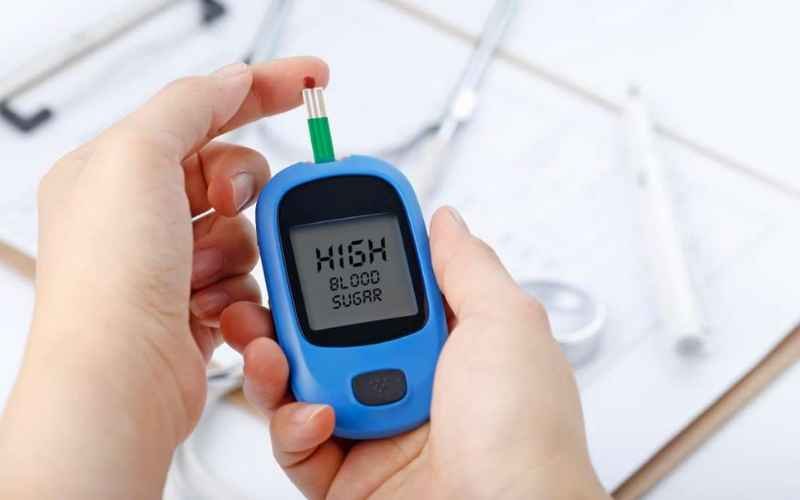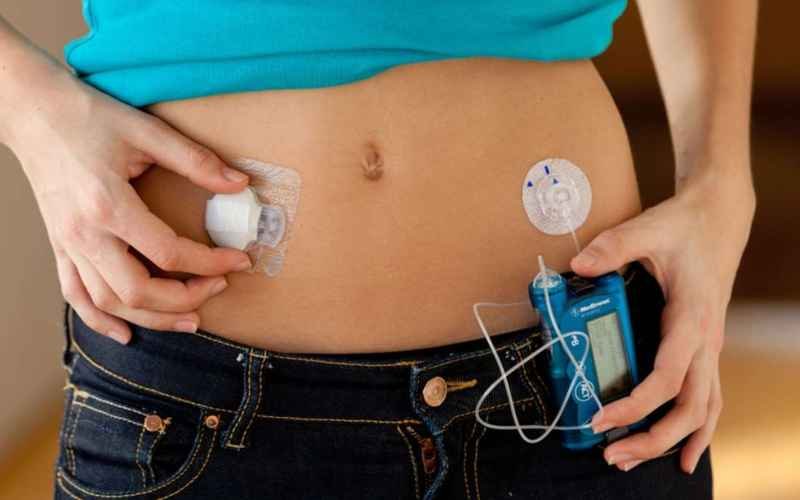Diabetes

10 Health Risks of Overeating Potatoes
JustBaazaar Editor
Potatoes have long been a staple food in many cultures worldwide. From being a comforting side dish to a main ...

The Diabetes-Sleep Connection: Why 7 Hours of Sleep Matters
JustBaazaar Editor
In the hustle and bustle of modern life, sleep often takes a backseat to work, socializing, and screen time. But ...

Arvind Kejriwal Receives Insulin in Tihar Jail Amid Controversy
Guruji Sunil Chaudhary
Delhi Chief Minister Arvind Kejriwal, who was recently arrested by the Enforcement Directorate (ED) in connection with a money laundering ...

Revolutionizing Lives: The UK’s ‘Artificial Pancreas’ for Type 1 Diabetes Patients
JustBaazaar Editor
Revolutionizing Lives: The UK’s ‘Artificial Pancreas’ for Type 1 Diabetes Patients Living with type 1 diabetes (T1D) is a daily ...

The Surprising Link Between Antiseptic Mouthwash and Diabetes Management: A Comprehensive Study Analysis
JustBaazaar Editor
The Surprising Link Between Antiseptic Mouthwash and Diabetes Management: A Comprehensive Study Analysis Oral health is an integral aspect of ...





